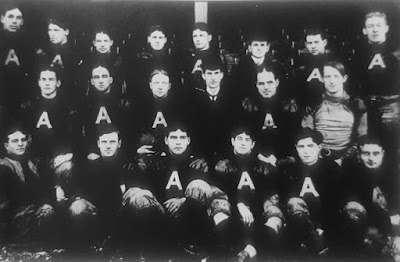Are the 2016 Phillies Really That Bad?

Original thinking is not necessarily the hallmark of sports reporting these days. It’s more like a pack mentality. Here we are at the beginning of Spring Training. No games have been played, and the roster has not been set. Indeed, for the Phillies, this is a year of major transitions. Yet, before anyone truly knows who is going to be on the major league club, all of the major outlets are simply assuming that the Phils will be as bad, if not worse, than last year. Quite frankly, I find this nothing more than lazy reporting. Certainly, the theme for the Phillies this year is that of change; long awaited change. Thankfully, the new guard has chosen to build through youth. What this means is that the major league roster will be full of players with a limited track record from which to judge. For those who make a living off of prognostication, the Phillies present a particularly difficult problem, that of uncertainty. ...



